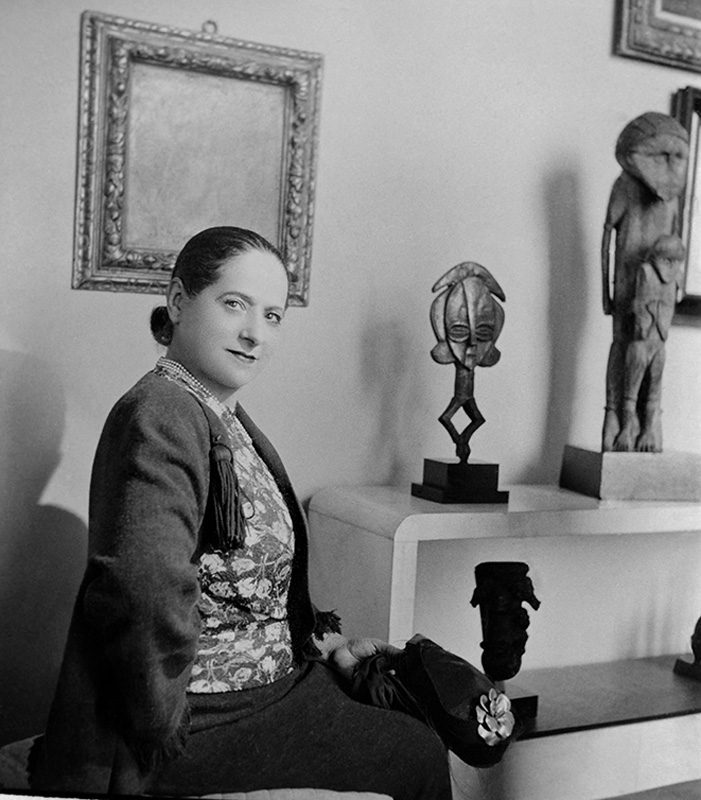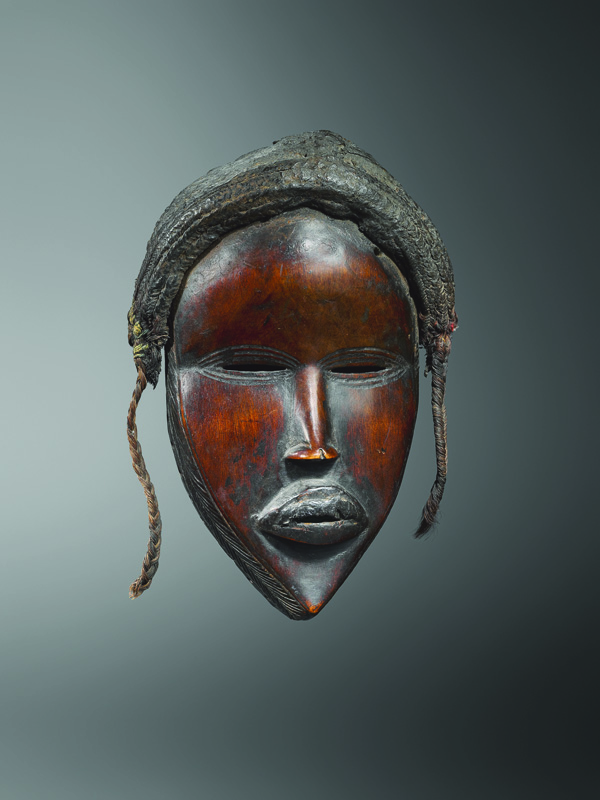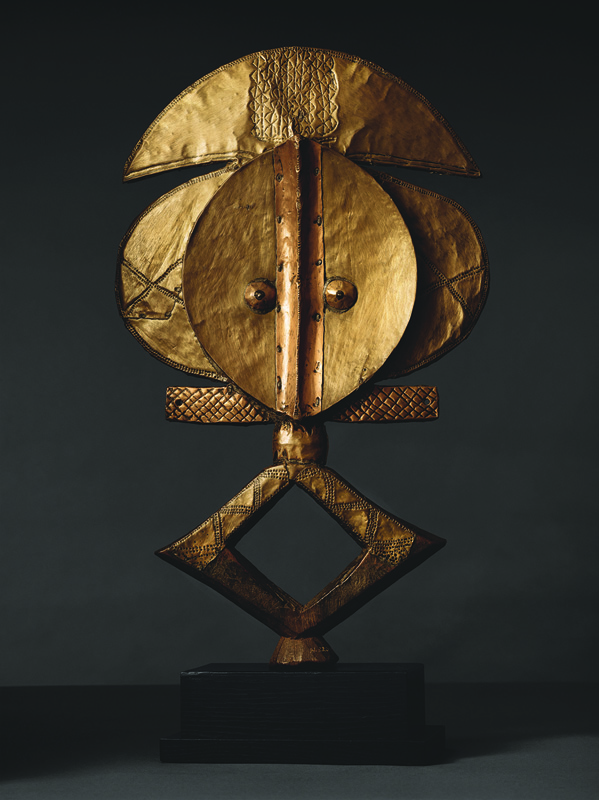
A visit to the Musée du Quai Branly-Jacques Chirac near the Eiffel Tower is a revelation. It’s the anchor museum for the French state’s immense collection of indigenous art from Africa, Asia, the Americas, and the Pacific Islands. One of its latest exhibitions is Helena Rubinstein: Madame’s Collection. Rubinstein was a giant in the cosmetics business. Known as the “Empress of Beauty,” she was an entrepreneur specializing in glamour and one of the world’s richest self-made women.
Rubinstein also was a pioneer in collecting African indigenous art. The show beautifully reunites sixty-six objects from her impressive collection and shows that her sense of style didn’t stop with mascara.

Though Picasso had already quoted African sculpture in his avant-garde painting, the market for art from Nigeria, Cameroon, and the vast region of the Congo River was nascent when Rubenstein started collecting in the 1910s. Unsurprisingly, masks first obsessed the makeup maven. A selection from Ivory Coast and Gabon is on view. Their barely framed foreheads, oval faces, clearly outlined eyes and mouths, and surface sheen made for a stringently simple look but a deceptive one. They’re simple, but ethereal and ambiguous. It’s the same “less is more” look that Rubenstein sought to achieve when designing cosmetics.
The art in the show comes mostly from French colonies but, far from deferential, it projects mystery and power. Rubinstein had a modernist aesthetic, but it was neither dry nor cerebral. For her, in art as in fashion, modernism was a life force. The reliquary guardians from Gabon in her collection are as bold and abstract as a Brancusi. They’re animated, even limber.

Rubinstein filled her Paris and New York apartments with works from her African collection. Far from incongruous, the sculptures and carvings looked at home. Today, it’s elegantly presented in a show capturing her taste and sense of adventure. The show has a scholarly English language catalogue rich in connoisseurship and in Rubinstein’s dazzling life story.
The collection was dispersed at auction after she died. It was one of the earliest celebrity auctions in New York and a high society—and high value—event. By then, though, a vogue for indigenous art was well underway. Many of the works that she owned are now part of distinguished private and public collections.
Another reason to visit is that Helena Rubinstein: Madame’s Collection opened the museum’s newest exhibition space inside its stunning building designed by architect Jean Nouvel. The exhibition was originally scheduled to run through June 28.
